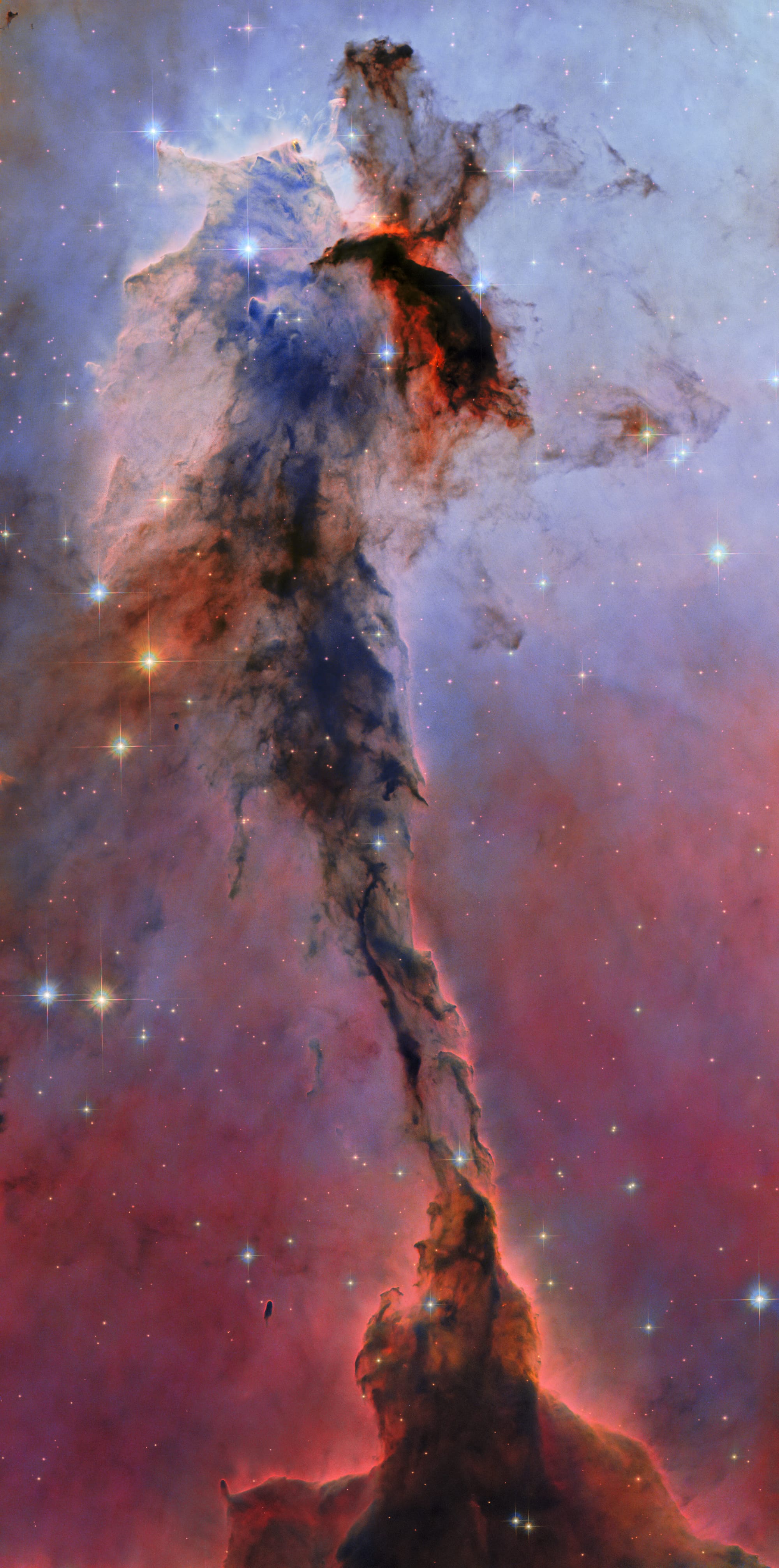
Crypto Adoption Must Reach Critical Mass to Close Wealth Gap
By Cointelegraph | 4 minutes
According to the Bank for International Settlements, achieving critical mass in cryptocurrency adoption is essential in addressing the wealth gap exacerbated by regulations. The slow uptake of digital currencies can hinder broader economic inclusion, raising concerns about accessibility. Even as crypto regulation is discussed globally, the need for an equitable landscape remains pressing. The call for urgent action emphasizes improving financial literacy to bridge this gap.

Artificial Intelligence: Environmental Impact and Challenges
By WOODTV | 4 minutes
This article explores the environmental implications of artificial intelligence technologies. As AI systems become ubiquitous, their energy consumption and carbon footprint raise significant sustainability concerns. Experts argue for the development of greener AI solutions and awareness around their potential negative effects on the environment. Balancing innovation with ecological responsibility presents a challenging yet essential goal for the tech industry.

Tech and Fungi: Supercharging Forest Growth
By Sustainable Brands | 4 minutes
Recent advancements in technology are being paired with biological solutions to enhance forest growth through the application of fungi. The research highlights the potential of mycorrhizal fungi in boosting tree growth rates and sustainability. By understanding and leveraging this symbiotic relationship, innovators aim to combat deforestation and promote carbon capture. This eco-tech synergy showcases the promising future of sustainable forestry practices.
🌙 NASA - Best Photo from Last Week
Hubble Spies Cosmic Pillar in Eagle Nebula

This newly reprocessed image released on April 18, 2025, provides a new view of an enormous, 9.5-light-year-tall pillar of cold gas and dust. Despite its size, it’s just one small piece of the greater Eagle Nebula, also called Messier 16.
The Eagle Nebula is one of many nebulae in the Milky Way that are known for their sculpted, dusty clouds. Nebulae take on these fantastic shapes when exposed to powerful radiation and winds from infant stars. Regions with denser gas are more able to withstand the onslaught of radiation and stellar winds from young stars, and these dense areas remain as dusty sculptures like the starry pillar shown here.
Image credit: ESA/Hubble & NASA, K. Noll
Disclaimer: None of the content in this newsletter is meant to be financial advice. Please do your own due diligence before taking any action related to content within this article.






